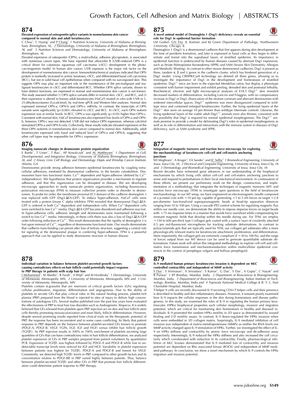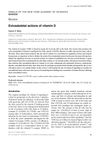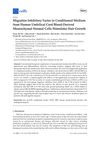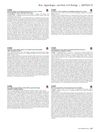IL-9 Mediated Human Primary Keratinocytes Invasion Is Dependent on MLC Controlled Contractility and Independent of MMP Activity
April 2018
in “
Journal of Investigative Dermatology
”

TLDR IL-9 increases skin cell movement but decreases their ability to invade, and this effect is controlled by cell contractility, not by MMPs.
In the 2018 study, researchers discovered that interleukin-9 (IL-9) enhances the motility of human primary keratinocytes (HPKs) on a two-dimensional surface but inhibits their invasion in a three-dimensional collagen matrix, a process that is independent of matrix-metalloproteinase (MMP) activity. The study showed that IL-9 reduces HPKs' stiffness and contractility, which correlates with decreased invasion ability. The reduction in contractility and invasion potential was found to be dependent on Rho-associated kinase (ROCK) activity, as demonstrated by the effects of pharmacological inhibition of myosin light chain (MLC) kinases. These findings contribute to the understanding of IL-9's role in skin cell migration and invasion, with potential implications for skin homeostasis and disease.



